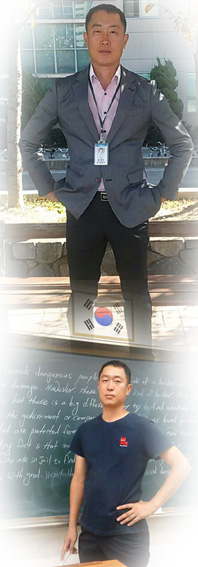2012년 수능 외국어 영역 32번 해설 - 송곡닷컴(songgok.com)
32. 다음 글의 밑줄 친 부분 중 문맥상 낱말의 쓰임이 적절하지 않은 것은?
Until the 1920’'s, there were only three competitive swimming strokes ─ freestyle, backstroke, and breaststroke ─ and each had specific rules that described how it was to be performed. The rules of breaststroke ①stated that both arms must be pulled together underwater and then recovered simultaneously back to the start of the pulling position to begin the next stroke. Most people interpreted this arm recovery to mean an ②underwater recovery. In the 1920’, however, someone ③challenged the rules and reinterpreted this arm recovery to be an out-of-the-water recovery. Since this new breaststroke was about 15% ④slower, people using the conventional version couldn't effectively compete. Something had to be done to solve the problem. Finally, this new stroke ─ now known as the ‘butterfly’─ won ⑤recognition as the fourth swimming stroke, and became an Olympic event in 1956.
1. 내용풀이
새로운 평영이 약 15퍼센트나 ‘더 빨랐기’ 때문에 전통적인 평영 영법을 하는 사람들이 효과적으로 경쟁을 할 수 없었던 것이므로, ④의 slower를 faster로 바꾸는 것이 문맥상 적절함.
2.구문해설
[each had specific rules that described how it was to be performed]
[Most people interpreted this arm recovery to mean an ②underwater recovery]
* how it was to be performed: be to 용법(운명, 예정, 가능, 의무, 의도)중 의무에 해당함 = how it should be performed * interpret ⓐ to ⓑ: ⓐ를 ⓑ한 것으로 해석하다
3. 단어정리
*competitive 경쟁을 벌이는, 경쟁의 *stroke (수영의) 영법, 팔 젓기 *freestyle 자유형 *backstroke 배영 *breaststroke 평영 *butterfly 접영 *conventional 전통적인 *specific:구체적인, 독특한 *perform:수행하다 *state:진술하다 * be pulled together:함께 당겨지다 *simultaneously: 동시에 *interpret (to):해석하다, 설명하다 *reinterpret:재해석하다 *out-of-the-water recovery:물 밖으로의 복귀 *conventional: 전통적인 * recognition:인정
4. 전문해석
1920년대까지(Until the 1920’'s)는 경쟁을 벌이는 수영 영법(competitive swimming strokes)에는 자유형, 배영, 그리고 평영 이 세 가지 밖에 없었고, 각 영법에는 그것이 어떻게 행해져야 하는가(how it was to be performed)를 서술하는 구체적인 규칙(specific rules)들이 있었다. 평영의 규칙은 두 팔이 물 밑(underwater)에서 함께 당겨져야(be pulled together) 하고, 그런 다음 동시에 다음번 팔 젓기를 시작하기 위해서(to begin the next stroke) 당기는 자세의 출발(to the start of the pulling position)로 돌아와야(recovered back) 한다고 진술했다. 대부분의 사람들은 이런 팔의 복귀(this arm recovery)를 물 밑 복귀 (out-of-the-water recovery)를 뜻하는 것으로 이해했다(interpreted). 그러나 1920년대 누군가가 그 규칙에 도전하여 이런 팔의 복귀를 물 밖 복귀(an out-of-the-water recovery)를 뜻하는 것으로 재해석했다(reinterpreted). 이런 새로운 평영이 약 15퍼센트나 더 느렸기(→더빨랐기) 때문에, 전통적인 평영을 이용하는(using the conventional version) 사람들은 효과적으로 경쟁을 할 수 없었다(couldn't effectively compete). 그 문제를 해결하기 위해서(to solve the problem) 어떤 조치가 행해져야만 했다(Something had to be done). 마침내, 현재 “접영” 으로 알려진(now known as the ‘butterfly’) 이 새 영법은 네 번째 수영 영법으로(as the fourth swimming stroke) 인정을 받게 되었고(won recognition), 1956년에 올림픽 종목이 되었다.
송곡닷컴(songgok.com) - 손범식
.gif)


.gif)

